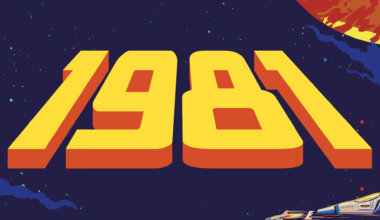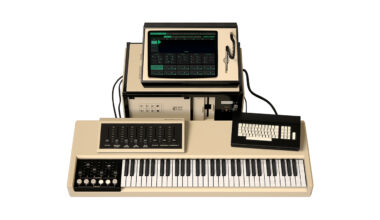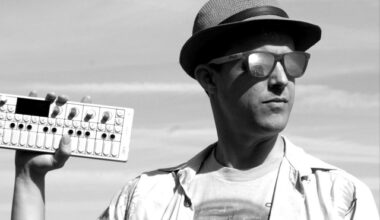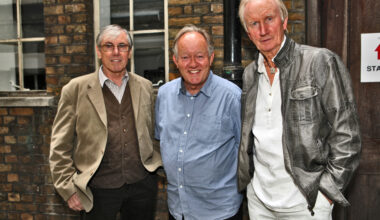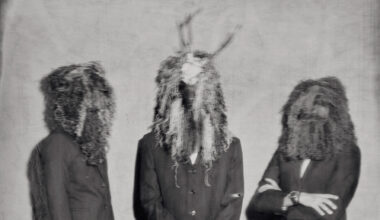Eagle-eyed Kraftwerk fans scouring album sleeves in the 1970s would’ve come across a few clues to help their knowledge of these mysterious Germans. ‘The Man-Machine’ featured the following credit: ‘Artwork (inspired by El Lissitzky) – Karl Klefisch’
The artist Karl Klefisch stills lives in Düsseldorf, with his wife Sybille, in the Vennhausen district, not particularly remembered for his work for Kraftwerk (he later designed the cover of ‘Computer World’). Also based in Düsseldorf in 1978 was the law firm that took care of El Lissitzky’s estate, hence the sleeve’s litigation-avoiding confession about where the inspiration for the artwork came from.
El Lissitzsky was born in 1890 in Pochinok near Smolensk in what was then the Russian Empire. Anti-semitic rules of admission at the art school in St Petersburg meant he wasn’t offered a place there, despite passing the entry exam, so in 1909 he left for Germany and enrolled at a college in Darmstadt. When the First World War broke out, he returned to Russia and his first published work was for children’s books in Yiddish in 1917. After the Russian Revolution, El Lissitzky started teaching at the newly-formed People’s Art School and producing propaganda posters before getting involved with and helping to define the Suprematism art movement, which rejected figurative painting and landscapes in favour of sharp lines and geometry with limited colour palettes.

This radical Russian avant-garde art movement thrived in the turmoil immediately after the Russia Revolution, its clarity and austerity reflecting the huge changes in Russian society. But in the 1930s, Suprematism fell victim of Stalin’s diktat that the only acceptable form of post-revolution art was socialist realism, which was all noble emancipated peasants and victorious soldiers. Socialist realism had strict rules; it had to be proletarian, typical of everyday life, realistic (certainly not abstract) and it should support the aims of the Communist Party. There was no room for ambiguity or interpretation in Stalin’s Russia.
In 1921, Lissitzky became Russia’s cultural ambassador to Germany, which coincided with his break with the Suprematists and his alignment with Constructivism. He wanted to create a visual language to communicate ideas to a peasant population which was largely illiterate.
El Lissitzky eventually focused his creative attention of mounting impressive exhibitions and trade shows on behalf of the Soviet regime. He died in 1941 in Moscow of the tuberculosis he had contracted in 1923, by which time he had embraced socialist realism. One of his last pieces of work was a wartime propaganda poster called “Give Us More Tanks!”.
His art has remained a staple influence for generations of graphic designers ever since, especially those who wanted to create album covers that conjured up ideas of technology and modernity. One hundred years on, and his work still looks cutting edge.

